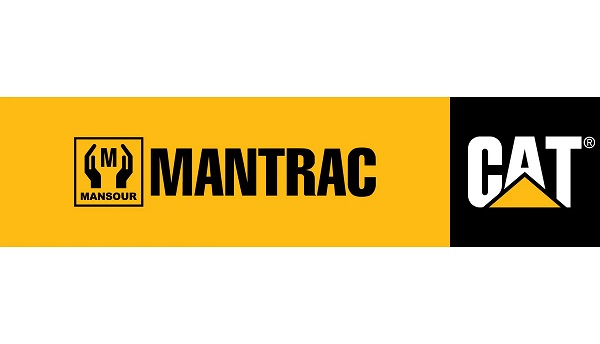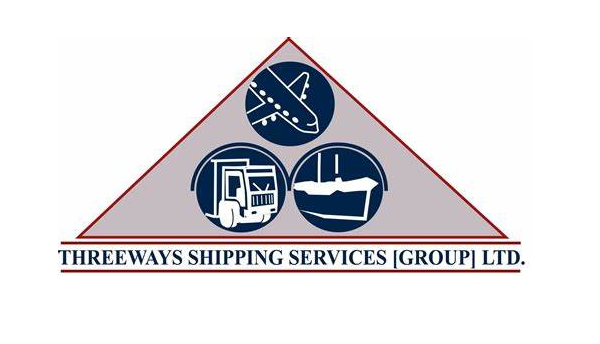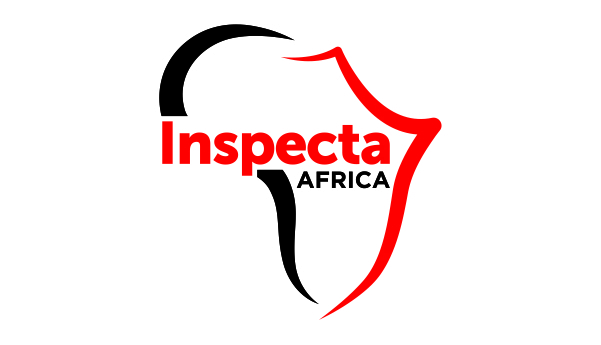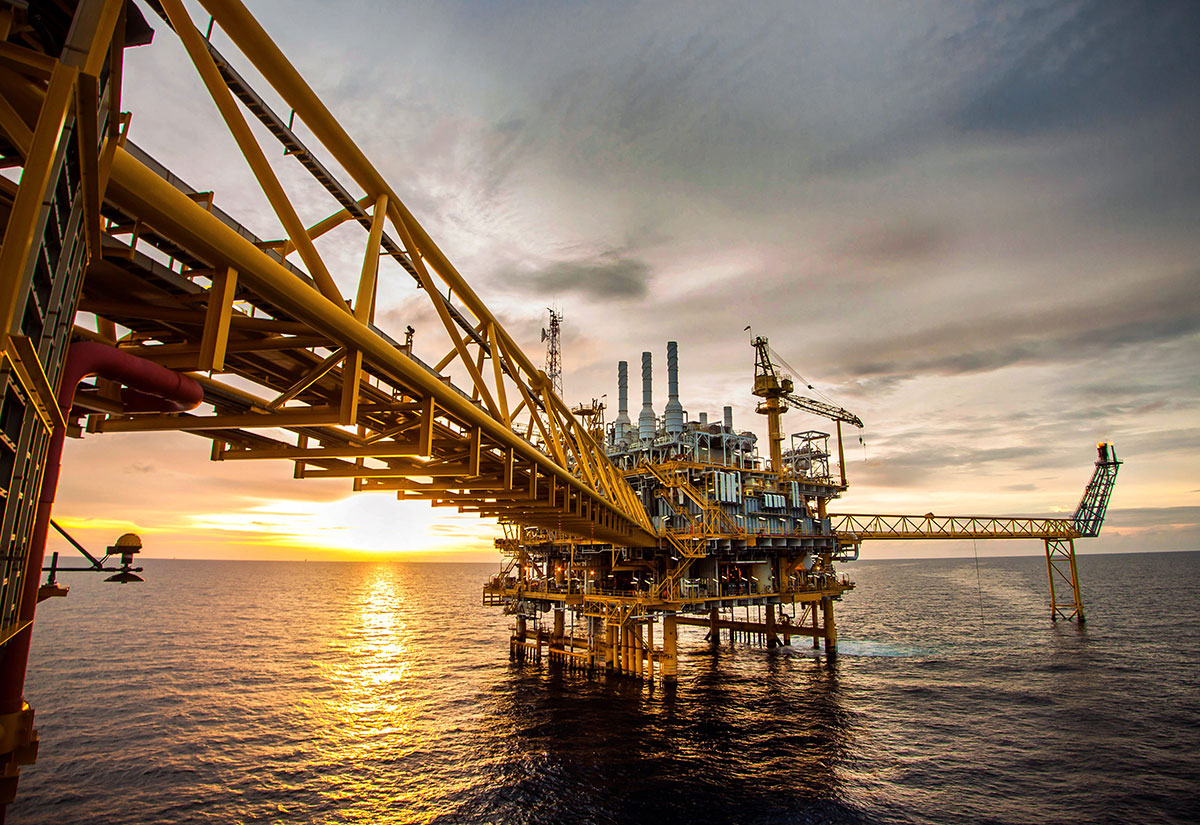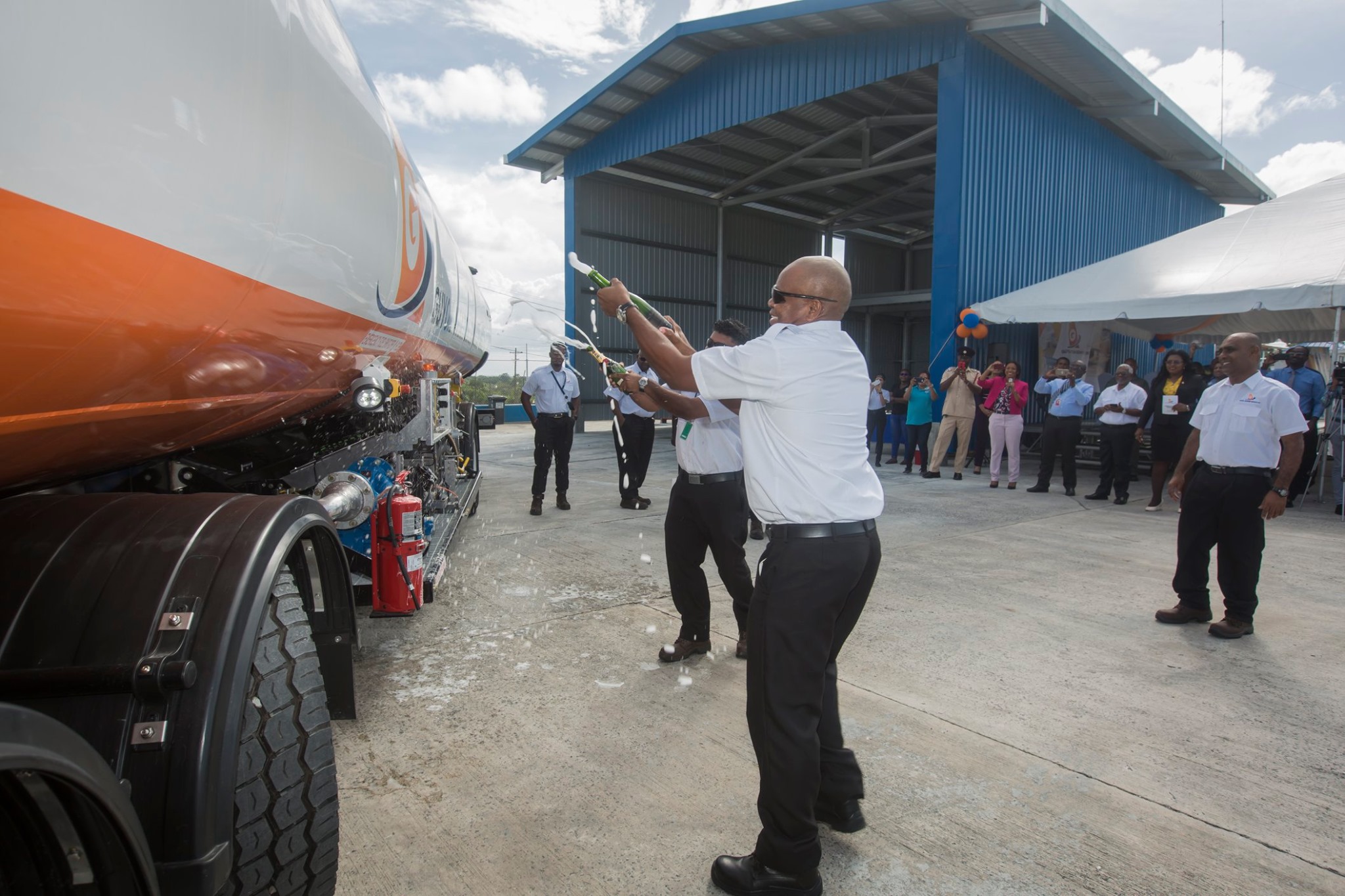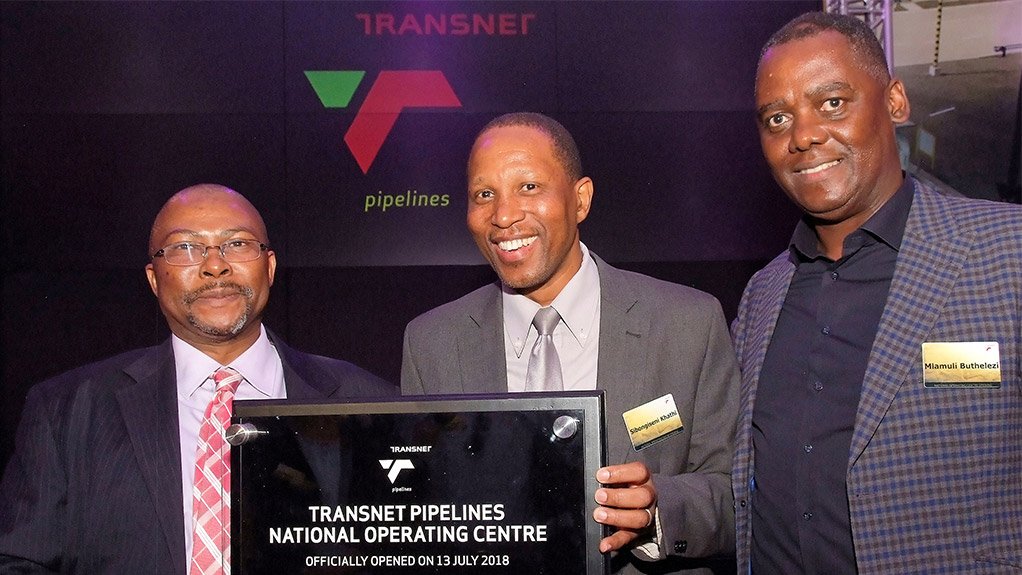
Uganda’s Lake Albert region has become a major focal point for the East African country’s ambition to tap into its considerable oil and gas reserves and a desire by stakeholders, communities and environmental groups for the unspoilt beauty to be carefully protected and preserved for future generations.
The Tilenga Project is being undertaken by lead company, French energy major TotalEnergies in collaboration with other partners. While it aims to reach a production capacity of 230,000 barrels of oil per day, the project is not only about oil; it’s also about sustainable development, local engagement, and environmental responsibility.
2024 will mark several key milestones: TotalEnergies’ 100 years of operation, the birth of the Tilenga Project, and a turning point for Uganda’s economy, people and natural resources.
Operational Overview
The Tilenga field – with the name derived from local names for the Uganda Kob: “TIL” in Luo and “ENGAbi” in Lugungu - is located in Albertine Graben within the Buliisa and Nwoya districts in the north of Lake Albert, a major oil and gas resource area estimated to contain more than one billion barrels.
The project is part of the wider Lake Albert development project, comprising the Kingfisher oil field and the East African Crude Oil Pipeline (EACOP).
In Tilenga, TotalEnergies holds a 56.67% stake, while China National Offshore Oil Corporation (CNOOC) and Uganda National Oil Company (UNOC) have shares of 28.33% and 15%, respectively. Over at least 20 years, Tilenga and neighboring Kingfisher, are expected to produce an estimated 1.4 billion barrels of crude oil.
The project consists of six fields spanning an area of 110,00 ha. Production licenses include three from Contract Area-1, and three in the northern section of License Area-2. The Jobi-Rii site is located within the Murchison Falls National Park, which is a protected area home to various wildlife and is an important tourist attraction.
Tilenga will consist of 426 petroleum wells across 31 locations within the six production areas. Two hundreds will be water-injecting wells, 196 oil-producing wells, two polymer pilot wells, and 28 will be reference wells. Ten wells will be drilled in the Murchison Falls National Park area to minimise the project’s footprint in the protected area.
The project will include a 160km of flowlines and buried pipeline network, a central processing facility (CPF), and a water abstraction system. Other infrastructure such as new roads and temporary and a permanent operation support base camp will be developed.
Produced oil will be delivered to the CPF in Kasenyi village, Ngwedo, Buliisa for the removal of impurities such as water, sand, salts and gas from the oil produced. The water produced will be reinjected into local fields while the associated gas will be processed into liquefied petroleum gas (LPG), for further sale.
The associated gas produced will be also utilised for generating the power required for the treatment process and the production of LPG. The excess power generated will be exported to the pipeline and the national grid via a 132kV transmission line.
A 95km-long, 24in diameter feeder pipeline is planned to transport crude oil from the CPF to a delivery point in Kabeele. From there, it will be transported through EACOP to Tanzania.
In March 2024, Dr Ruth Nankabirwa, Uganda’s Minister of Energy and Mineral Development, stated: “Works on the upstream projects at Tilenga and Kingfisher are progressing very well with four rigs in the country drilling development wells and construction of the industrial area to host the CPF and their auxiliary parts.”
Uganda National Oil Co CEO Proscovia Nabbanja added: “We are on track for first oil in H1 2025,"
Strategic Importance
Economic Growth: The Total Energies Tilenga Project is a cornerstone of Uganda’s economic transformation. This ambitious initiative is set to significantly elevate Uganda's GDP by injecting billions of dollars into the economy. According to Patrick Pouyanné, Chairman and CEO of Total Energies, "Tilenga is more than just an energy project; it's a catalyst for economic development in Uganda. By creating thousands of jobs and stimulating local economies, we are fostering a sustainable economic environment."
Beyond the macroeconomic benefits, Tilenga will create thousands of direct and indirect jobs, catalyzing a ripple effect of economic activity across the region. Local businesses will thrive from increased demand for services and goods, creating a vibrant, interconnected economy. For executives looking at expanding their business footprint, Tilenga offers a plethora of opportunities—from construction and logistics to hospitality and retail.
Energy Security: Tilenga is not just an economic catalyst; it is a critical component of Uganda’s energy strategy. By harnessing Uganda’s oil reserves, the project will substantially reduce the country’s reliance on imported energy, ensuring a more stable and secure energy supply. "Energy security is paramount for Uganda's future, and Tilenga is at the heart of this strategy. By developing our own resources, we are paving the way for industrial growth and energy independence," stated Ruth Nankabirwa, Uganda’s Minister of Energy and Mineral Development.
Investment Opportunities: For investors, the Tilenga Project represents a beacon of stability and potential. The project promises substantial returns, buoyed by Uganda’s relatively low production costs and favorable regulatory environment. "Investing in Tilenga means investing in a project with strong fundamentals and long-term growth prospects. It’s an attractive proposition for any strategic investor," noted Jean-Pierre Sbraire, CFO of Total Energies. The long-term growth prospects are robust, supported by ongoing infrastructure developments and regional energy demands. Strategic investments in Tilenga are poised to yield significant dividends, making it a compelling addition to any diversified portfolio.
Innovation and Technology
Advanced Technologies: At the heart of the Tilenga Project lies a commitment to technological excellence. Total Energies is deploying cutting-edge technologies in every phase of the project, from exploration and extraction to processing. Innovations in drilling techniques ensure more efficient resource utilization while minimizing environmental impact. "We are leveraging the latest technologies to optimize production and ensure environmental sustainability. Our advanced drilling techniques and digital operations are setting new benchmarks in the industry," explained Arnaud Breuillac, President of Exploration & Production at Total Energies.
R&D Initiatives: The project is also a hub for research and development. Total Energies is pioneering new methods to reduce the environmental footprint of oil extraction, focusing on cleaner technologies and renewable energy integration. "Our R&D initiatives are crucial for developing innovative solutions that reduce our environmental impact and enhance efficiency. We are committed to driving the energy transition forward," said Marie-Noëlle Semeria, Chief Technology Officer at Total Energies.
Socio-Economic and Environment Impact
The advances of the Tilenga project are, undoubtedly, having major impacts and reaching all aspects of Ugandan life: economic, community and environment.
While TotalEnergies prioritizes low-cost and low-emission projects, the Tilenga facilities will incorporate measures to limit greenhouse gas emissions. These include Liquefied Petroleum Gas (LPG) extraction for regional markets as a substitute for burning biomass, solarization of the EACOP pipeline and utilization of associated gas for heating and power requirements.
The projects are also contributing to enhancing the lives of communities through livelihood improvement projects that target women, empowering them with skills in agriculture and different vocations. This is part of the people-centred approach.
Close to 14,000 acres of land have been acquired, a process which has impacted about 10,000 project affected persons (PAPs). With the Tilenga, Kingfisher, EACOP, and Kabalega Industrial Park projects up and running, households have been compensated or resettled, jobs created, and services extended closer to those in the Albertine region.
Women and young girls have also been empowered through scholarships at different stages of education, from primary school to tertiary education. Some of the beneficiaries are already employed in the sector in various professions from petroleum engineering and welding to accounting and law. Women have also received skills in tailoring, hospitality, and agriculture to ensure that they can support themselves and their families economically.
So far, 137 small and medium-term enterprises have been led by women and youth who have received training in identifying and participating in business opportunities in the oil and gas sector since 2021. Four hundred enterprises have been trained in total.
Around 450 women have been trained in financial literacy, and business development, vocational skills, and crop development since 2021. And 2,464 women have received agricultural support, vocational skills, and food supplies under the EACOP project.
The completion of Tilenga (and EACOP) will require the implementation of a land acquisition program covering some 6,400 hectares. This means relocating 775 primary residences, and will affect a total of 18,800 stakeholders, landowners and land users.
From the initial design phase of these projects, special attention was paid to information, consultation and consensus-building with all stakeholders. Over 70,000 people were consulted. Discussions have been initiated with several NGOs, laying the foundation for a sustainable collaboration process aimed at capitalizing on their expertise and driving continuous improvement.
TotalEnergies decided to restrict the footprint of the Tilenga project in Uganda’s Murchison Falls Park. Development will be limited to less than 1% of park land, and thanks to strict preventive and reduction measures built into the design of the project, the Tilenga facilities inside the park will cover less than 0.03% of the surface area during the operating phase.
Scouting for the EACOP route began in 2018, and after two years of consultation and surveying, it was decided the pipeline would arc for 296 km southeast through Uganda from the collection and pumping station at Kabaale to the port of Tanga. The route was chosen to minimize disruption to the local population and the environment.
In Uganda the number of people affected by the projects is 3,660 and in Tanzania, 9,513. To date 90 per cent in Uganda have accepted compensation packages, including 177 who have opted for new homes resettling them away from the pipeline.
Some 105 fully constructed houses by TotalEnergies Uganda to the Tilenga Project Affected Persons have been completed. The houses vary from two to four bedrooms and are fitted with a kitchen, VIP latrine, a 5000-litre rainwater harvest tank, and solar lighting.
Biodiversity Program
TotalEnergies has also launched the Tilenga Biodiversity Program, an initiative aimed at protecting and conserving biodiversity in and around the Tilenga project area. The Biodiversity Action Plan is hinged on four key pillars.
• Reducing human pressures and strengthening the ecological resilience of the Murchison Falls protected area through enhanced park protection and community-based management.
• Implementing conservation and restoration measures for forests and their connectivity targeting protection of 10,000 hectares of natural forest threatened with deforestation and restoration of 1,000 hectares of tropical forest.
• Protecting and maintaining the connectivity of habitats in the savannah and in the proximity of the Bugungu Natural Reserve by addressing threats within and around the Reserve and developing schemes to support diversification of livelihoods and reduce dependency on Bugungu Natural Reserve
• Working with the host community to manage and restore wetlands along the southern bank of Lake Albert through community-based management initiatives
Philippe Groueix, General Manager, TotalEnergies EP Uganda, said: “We are mindful of the sensitive context within which we are undertaking our activities. The program will ensure a sustainable approach in working with community towards protecting and conserving the ecologically rich area in and around the Murchison Falls Conservation Area.”
TotalEnergies has also embarked on community-based forest conservation and restoration initiatives such as “Grow A Tree Everywhere” (GATE) which is aimed at growing 100,000 trees in the Tilenga project areas.
Strategic Partnerships and Collaboration
The success of the Tilenga Project is built on strong partnerships. Total Energies collaborates closely with the Ugandan government, local businesses, and international organizations to ensure the project’s objectives are met efficiently and sustainably. These partnerships enhance resource sharing, risk management, and project execution. "Our partnerships with the Ugandan government and local stakeholders are key to the success of Tilenga. Together, we are driving forward a project that benefits everyone involved," noted Nicolas Terraz, President of Exploration & Production at Total Energies.
TotalEnergies chose McDermott and Sinopec International Petroleum Service Corp. to carry out work on the Tilenga project. McDermott said the future contract was valued at around $2 billion.
McDermott and Sinopec will carry out engineering, procurement, construction and commissioning (EPCC) work on the project, which could eventually create up to 20,000 direct and indirect jobs.
McDermott will work on the project from its offices in London, and Sinopec from Yangzhou. The two will shift into Uganda for construction.
McDermott subcontracted GCC Services, a remote site services company, for camp services, Essar Infrastructure Uganda, an infrastructure development company, for structural, mechanical and piping installation, and Mota-Engil Uganda, a subsidiary of Mota Engil, for general civil work of the Tilenga Project.
Schlumberger was awarded a contract for providing drilling, completions, and production services for the project. The scope of the contract included the delivery of directional drilling services, upper and lower completions, artificial lift solutions, and wellheads for the field.
Additionally, there were also contracts awarded to Mata Engil in the same project for the “Site preparation for Enabling Infrastructure – Industrial Area” phase, worth $37.9 million and for the “Upstream Facilities – General Civil Works” phase, worth $60.3 million.
The CNOOC Uganda Limited LR8001 rig that can drill up-to 8000 metres, and the SINOPEC 1501 (Rig 1), SINOPEC 1502 (Rig 2) & SINOPEC 1503 (Rig 3) will be used in the Tilenga project. East African Piling Company was awarded the contract of installing conductor pipes for the well pads on the project. So far, over 130 conductor pipes have been installed.
Expro Group, has announced a five-year Well Intervention and Integrity contract with TotalEnergies EP Uganda for the multi-well Tilenga project.
Local Content Collaboration and Development:
The Total Energies Tilenga Project local content engaement is guided by the "National Content Strategy". This strategy aims to maximize the use of Ugandan manpower, goods, and services, while fostering capacity building, knowledge transfer, and technological advancement. Through an integrated approach spanning the project's lifecycle—from development to production—we are committed to creating and retaining shared value within Uganda, working collaboratively with stakeholders, partners, and contractors to realize this vision.
Central to the project's efforts is a robust focus on training and skills development. Total Energies has implemented comprehensive training programs designed to equip Ugandans with the necessary skills for high-quality jobs within the project. "We are dedicated to enhancing local content by investing in the development of local talent and businesses. This approach not only strengthens our operations but also supports the local economy," explained Henri-Max Ndong-Nzue, Senior Vice President Africa, Exploration & Production at Total Energies. This commitment ensures that the benefits of the Tilenga Project extend far beyond its immediate economic impact, fostering sustainable growth and capacity building across the nation.
The local sourcing strategy is a cornerstone of the Tilenga Project, promoting the growth of Ugandan enterprises and creating a robust supply chain. Key partners include Threeways Shipping Services (Group) Ltd for haulage and transportation, ULTRAFOG for construction, and Inspecta Africa for supplying surface wellheads, trees, valves, and actuators. Other vital collaborators include Epsilon Uganda Limited, MANTRAC Uganda Ltd—the exclusive authorized dealer for Caterpillar products in Uganda—Zpeb Uganda Co., CIVTEC Africa, and WQS Recruitment Services. These partnerships not only enhance the project's efficiency but also significantly contribute to the local economy by providing jobs and business opportunities, thereby embedding the Tilenga Project as a cornerstone of Uganda’s long-term economic and industrial development.
Risk Management and Governance
Robust Governance Framework: Governance is a pillar of the Tilenga Project. Total Energies has established a robust framework to ensure compliance with international standards and best practices. This framework includes transparent reporting, stringent oversight, and continuous audits to maintain high levels of accountability and integrity. "Strong governance is essential to our operations. We adhere to the highest standards to ensure transparency and accountability in all our activities," stated Guy Maurice, Senior Vice President of HSE at Total Energies.
Risk Mitigation Strategies: Comprehensive risk mitigation strategies are in place to address operational, financial, and geopolitical risks. These include advanced safety protocols, insurance schemes, and contingency planning to safeguard the project and its stakeholders against potential disruptions. "We have implemented robust risk management strategies to ensure the safety and security of our operations and stakeholders. Our proactive approach to risk mitigation is a key element of our success," said Philippe Sauquet, President of Gas, Renewables & Power at Total Energies.
Long-term Vision and Impact
Future Growth: The Tilenga Project is not just a short-term venture but a long-term commitment to Uganda’s energy future. Plans for expansion include further investments in infrastructure, increased production capacity, and the integration of renewable energy sources. This long-term vision ensures sustained growth and development. "Tilenga is a strategic investment for the future. Our plans for expansion and innovation will continue to drive growth and development for decades to come," commented Laurent Vivier, Senior Vice President Africa, Exploration & Production at Total Energies.
Regional Integration: The Tilenga Project is integral to the broader regional initiatives of the East African Community (EAC). By contributing to the region's energy grid, the project supports the EAC’s goals of economic integration and energy cooperation. This regional synergy promises to unlock new markets and drive collective prosperity. "Tilenga is not just about Uganda; it’s about the entire East African region. Our project is a key player in regional energy integration, promoting economic cooperation and development," emphasized Nicolas Terraz, President of Exploration & Production at Total Energies.
Looking ahead
The Tilenga and EACOP projects will undoubtedly prove to be exceptional turning points for Uganda for generations to come. While oil and gas reserves will bring economic positivity, the world is also watching to ensure that the ecosystems around Lake Albert remain



 The Tilenga Project - BE Africa Mag 2024.pdf
The Tilenga Project - BE Africa Mag 2024.pdf